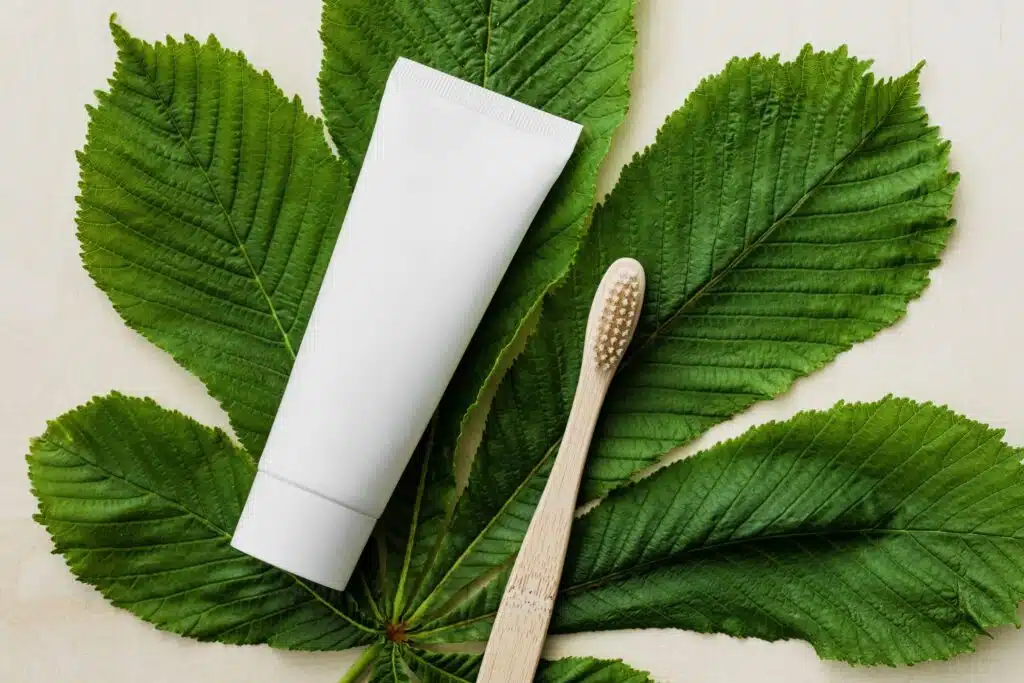Americans spend nearly $2 billion yearly on toothpaste, more than twice as much as we spend on toothbrushes. Besides the cost of toothpaste, there is the problem of confusion about which one to use. With so many kinds of toothpaste, including whitening, tartar control, anticavity, and more, it can be overwhelming to choose the one you need. Further complicating the decision is choosing toothpaste vs gel. Below we go over toothpaste vs gel and ask what is better.
To discover the best ways to keep your teeth healthy and your smile bright, schedule an appointment at Trident Dental for a comprehensive oral examination and professional teeth cleaning.
Is Toothpaste Essential to Oral Health?
The American Dental Association (ADA) recommends brushing twice daily for two minutes using a soft-bristled toothbrush. They add that using toothpaste containing fluoride helps prevent tooth decay. In addition, some studies confirm that fluoride helps remineralize enamel damaged by sugar consumption.
The only other toothpaste recommendation made by the ADA is to choose one with the ADA Seal of Acceptance. For about one hundred years, the ADA has granted this seal to products shown through scientific studies to be safe and effective. The ADA claims that consumers can trust the seal to help them maintain oral health and prevent disease.
What Is a Good Toothpaste?
The Food and Drug Administration (FDA) defines toothpaste as an over-the-counter anticaries agent that contains abrasives and is delivered as a paste, powder, or gel. The ADA gives its Seal of Acceptance to toothpaste that:
-
Contains fluoride.
-
May contain other ingredients that enhance oral health problems such as sensitivity, gum inflammation, tartar accumulation, or enamel erosion.
-
May have cosmetic dental effects such as whiter teeth and fresher breath.
-
May not contain flavor-enhancing ingredients that promote dental cavities.
-
Has scientific data that supports the product’s claim to be safe and effective in promoting oral health.
Toothpaste and Abrasiveness
Toothpaste makes plaque removal easier because of its abrasive agents, such as silica. Abrasives physically remove surface stains from enamel to make your teeth appear whiter. However, these ingredients also adversely affect wearing the tooth surface away. The best toothpaste would ideally strike the perfect balance between removing plaque and other stain-causing substances while only minimally abrading your teeth. Laboratory tests have been done on many toothpaste brands, each given a number known as its RDA (relative dentin abrasivity). A particular toothpaste is considered low-abrasivity if its RDA is below 70 and moderately abrasive if it has an RDA in the range of 70 to 150 (some consider those above 100 to be highly abrasive). An article in The Journal of the American Dental Association discusses abrasivity. It includes a table of the RDA values of several popular toothpaste brands. A more comprehensive list can be found here.
What Is the Best: Toothpaste vs Gel
The tables mentioned above reveal that you have many low or moderately abrasive toothpaste choices. Interestingly, plain baking soda has a very low RDA of 7, only slightly more than brushing with plain water. However, you would not receive the benefit of fluoride. Also noteworthy is that paste and gels can both be found in the low and moderate categories.
Aside from the differences in abrasiveness, choosing between a gel or paste product is a personal preference. More important than the specific toothpaste is brushing twice daily with a soft-bristled toothbrush using the correct technique.
Schedule Appointment
Contact us at Trident Dental to learn how our cosmetic dental services and regular professional teeth cleaning can help give you a smile you want and prevent tooth decay and gum disease.

